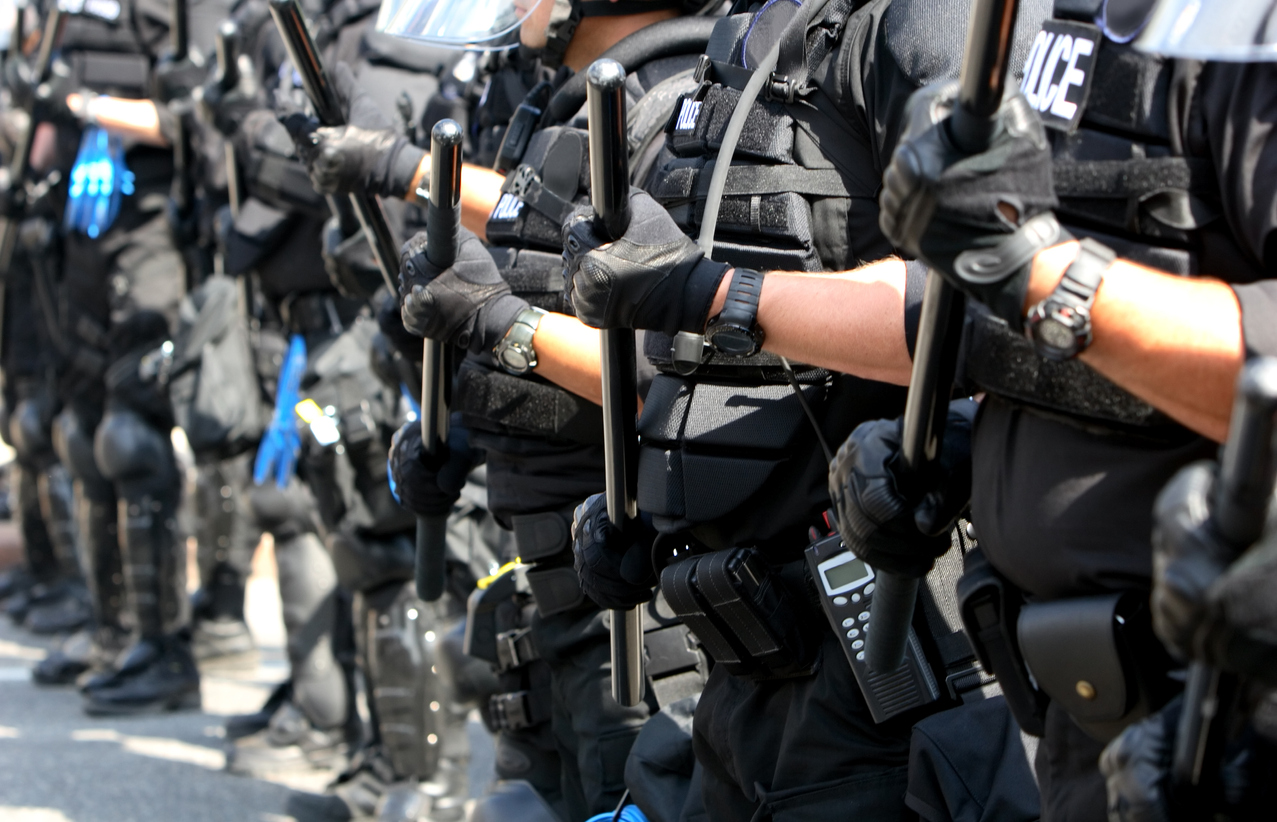The death of George Floyd last Monday resulted in peaceful protests the following day in Minneapolis. After several groups’ interactions with the police turned more violent the rioting started not just in Minneapolis but across much of the U.S., while demonstrations spread to parts of Europe.
Arguably the worst race riots in the U.S. since the 1960s, on Sunday evening curfews were in place across 40 American cities in some 23 states. So far, the riots have claimed at least five lives and as evidenced by news reports from across the country, there’s been some fairly sizeable damage to numerous buildings and businesses.
While no estimates of the costs of the damage is available yet, a look back at the costliest U.S. civil disorders shows that there’s potential for claims from the current riots, which are in multiple cities, to have easily run into the billions of dollars already.
According to data from the Insurance Information Institute, the 1992 Los Angeles riots, which started following the acquittals of police officers in the Rodney King beating, cost the insurance industry $775 million at the time, around $1.4 billion in 2020 dollars. This event is followed by the Watts Riots in 1965, again in Los Angeles, which at the time resulted in insurance claims of $44 million, around $358 million in 2020 dollars.
Third on the list of the top ten most costly US civil disorders is the Detroit riots in 1967, which started following a police raid on an unlicensed bar. This event led to total insurance claims of $42 million at the time, around $322 million in 2020 dollars.
Important to note is that each of the above loss totals relates to damages caused by rioting and unrest in just one region. The current, ongoing rioting is happening in multiple cities across numerous states, so it’s easy to see how losses could already be running into the billions of dollars.
Of course, this remains uncertain as no loss data is currently available, but there’s clearly potential for this to become a meaningful man-made loss for the re/insurance industry.
It’s also worth noting that this event could see some businesses being able to claim on their business interruption policies for the riots, who couldn’t for the ongoing coronavirus (COVID-19) pandemic.













